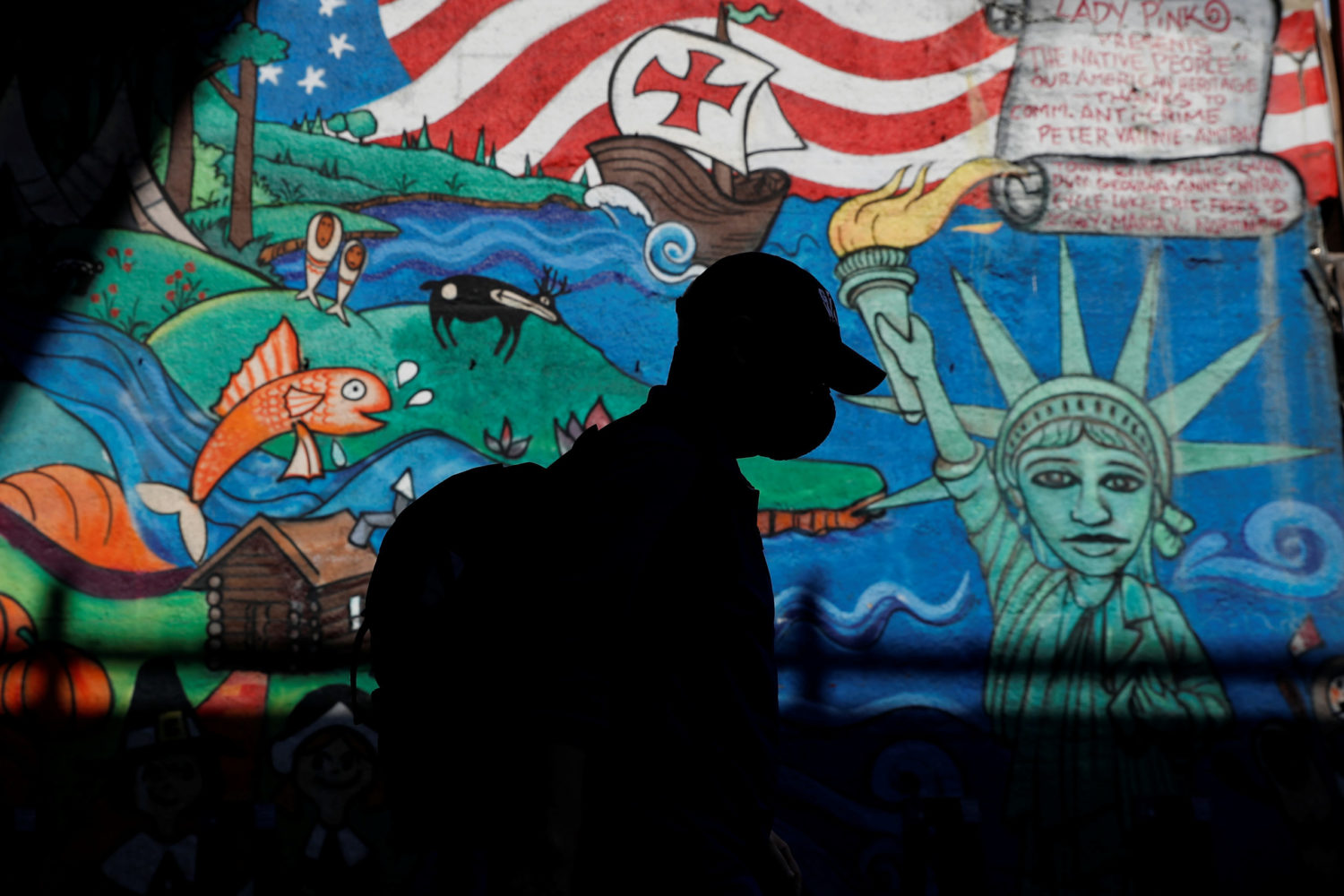
By John Whitesides
ROCKVILLE, Md. (Reuters) – The 100 Democratic women who packed into a suburban Maryland conference room recently for a one-day training on how to run for political office were more than activists eager to battle President Donald Trump and his fellow Republicans.
The teachers, students and business leaders were also a window into the future for a Democratic Party desperate for new blood, and into the booming effort to turn the left’s grassroots anti-Trump activism into a new wave of Democratic officeholders.
As thousands of potential first-time candidates explore political bids in what Democratic veterans say is an unprecedented surge of activity, a broad but informal network of groups is beefing up efforts to train them for the task.
The goal: turning neophytes into successful politicians who can win, giving the party a deep and diverse bench of up-and-coming progressive talent at all levels of government.
“This era of Trump has made everybody just want to run for office, and it’s not easy,” said Josh Morrow, executive director of 314 Action, which since its founding last year has heard from about 6,000 scientists, engineers and mathematicians exploring political runs and trained nearly 500 of them.
“No matter how accomplished people are, they need help when they first run,” Morrow said.
The surge of interest has given dispirited Democrats, long criticized as a top-heavy party lacking fresh faces, hope for a renaissance at the local and state levels after repeated setbacks under President Barack Obama.
Building from the ground up, from the school board to the statehouse, is a party priority after losing nearly 1,000 state legislative seats in the last eight years. Republicans also control the White House, both chambers of Congress and 33 governor’s offices, the most in nearly a century.
“Local offices matter, and as Democrats we have sort of forgotten that,” said Amanda Litman, a staffer on Democrat Hillary Clinton’s presidential campaign who founded the group Run for Something after the 2016 election to recruit and prepare millennials for office.
For first-timers, the initial enthusiasm for public service can quickly give way to worried questions about the logistics of building a fundraising list, utilizing social media and crafting a message.
“I knew I had a steep learning curve,” said Thereasa Black, a lawyer and Navy veteran running for the U.S. Congress from Maryland. She attended the Rockville session run by Emerge America, which prepares women for office.
“This is a way to find people who are like-minded and going through what you are, and can help you,” she said.
A Republican spokesman said Democrats would need more than training and fresh faces to gain ground in next year’s midterm elections given the losses of first-time Democratic candidates in special congressional races in Georgia and Montana earlier this year.
“The challenges that Democrats face go much deeper and come down to fundraising and messaging,” said Rick Gorka, a spokesman for the Republican National Committee, which sponsored a training program for about 4,500 volunteer field staff and operatives last year.
‘SO MANY THINGS I DIDN’T KNOW’
Geoffrey Dittberner, 30, said he had volunteered on campaigns before deciding to run for the Minnesota legislature, but he was still unprepared for being a candidate before he was accepted into Run for Something’s training program.
“There were so many things I didn’t know – fundraising, setting up a campaign organization – but they made it pretty easy,” he said. The group’s Slack application gave him access to a variety of resources, from tutorials to mentors and peer networks, discussion groups and on-call experts, he said.
Aside from new groups like 314 Action and Run for Something, about a dozen established organizations that have long offered training to progressive candidates also have been flooded with interest since Trump’s election.
Emily’s List, which for years has trained women candidates who favor abortion rights, has hired five more staffers this year for a reconstituted training unit. It already has heard from 16,000 women interested in becoming candidates this year, compared to 920 in 2016.
Emerge America has seen applications jump by 87 percent and added five new state chapters. The Maryland state chapter, which ran the one-day course in Rockville, had trained 250 women by mid-year. Last year, it trained 55.
At Emerge’s Rockville session, candidates were encouraged to listen more than they talk and delve into their own experiences to explain what motivated them to run.
“When we tap into our own personal story, we relate better to people in our community,” Diane Fink, executive director for Emerge Maryland, told the class. She asked them to put together a three-minute story that explains how they got started.
While Democrats nationally have battled over their core message, most of the training programs say they avoid telling candidates specifically what issues to emphasize.
“First and foremost you should be talking about what matters to voters, not to you,” said veteran Democratic strategist Kelly Dietrich, who founded the National Democratic Training Committee last year to offer free online training for any Democrat running for any office.
So far, more than 6,000 have signed up.
(Editing by Cynthia Osterman)















